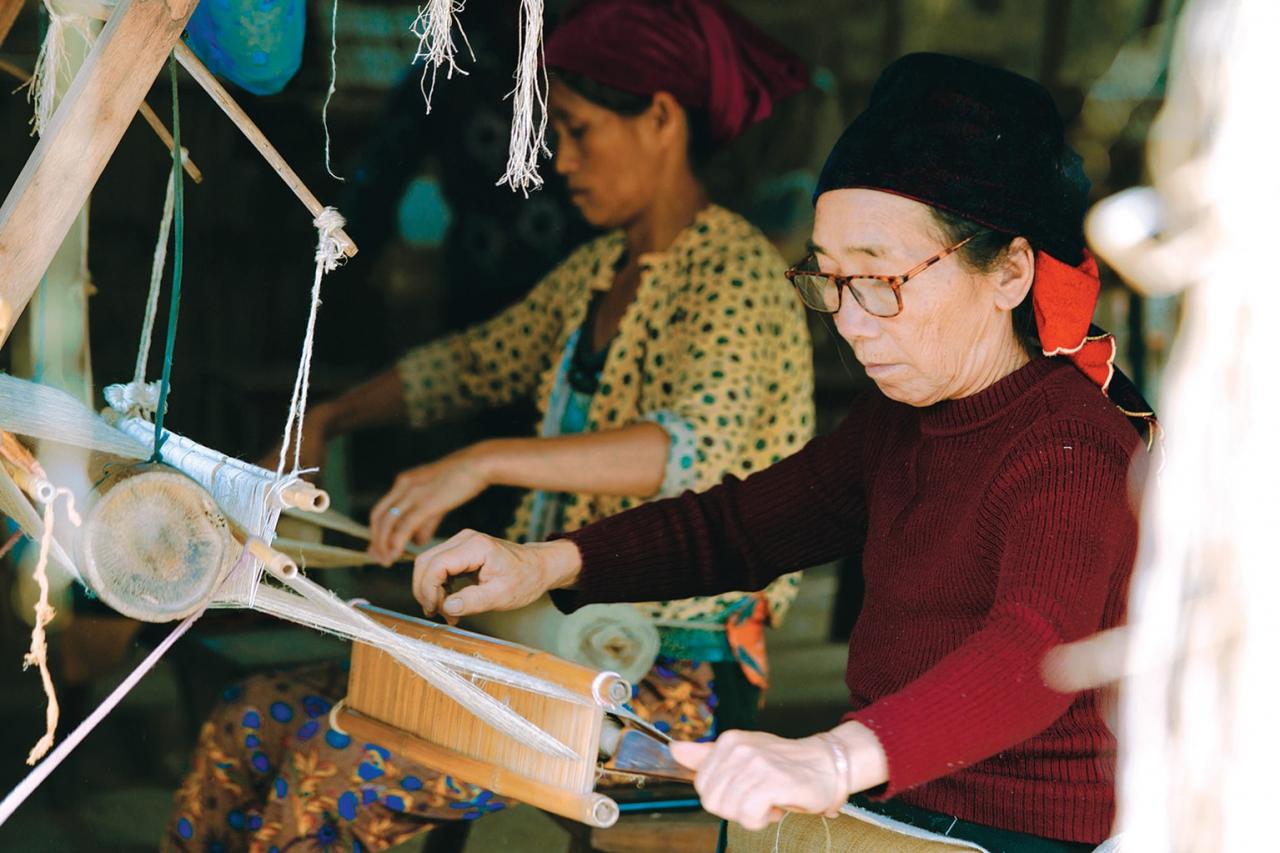
I was overwhelmed by the beauty of brocade patterns when I walked into the Y Ty market (Ha Giang). There, everyone was wearing traditional costumes. The market was ablaze with vibrant colors against the gray-white background of rain and thick fog.
Backs by the loom
After a while of observing, I gradually distinguished the costumes of each ethnic group. The traditional costume of the H'mong people has many colorful patterns, the costume of the Red Dao people is equally outstanding with two tones of red and black. The costume of the Ha Nhi people is like quiet brush strokes on a colorful painting with dark blue and black.
Arriving in Sa Pa, I met an old Dao woman sitting on the corner of the street sewing patterns onto square pieces of fabric, giving me the opportunity to learn more about the patterns of the ethnic groups here. On the second floor of Sa Pa market - where the H'mong and Red Dao people gather - they sell handmade brocade products.
When it comes to brocade, everyone thinks of Sapa with its small market corner and the image of women carrying children on their backs or children following each other on the street inviting tourists to buy brocade products.
Ha Giang also has Lung Tam Cooperative - a place where H'mong women gather to preserve and develop the traditional linen weaving craft. Here, there are many brocade patterns designed in a modern, creative style, with high applicability.
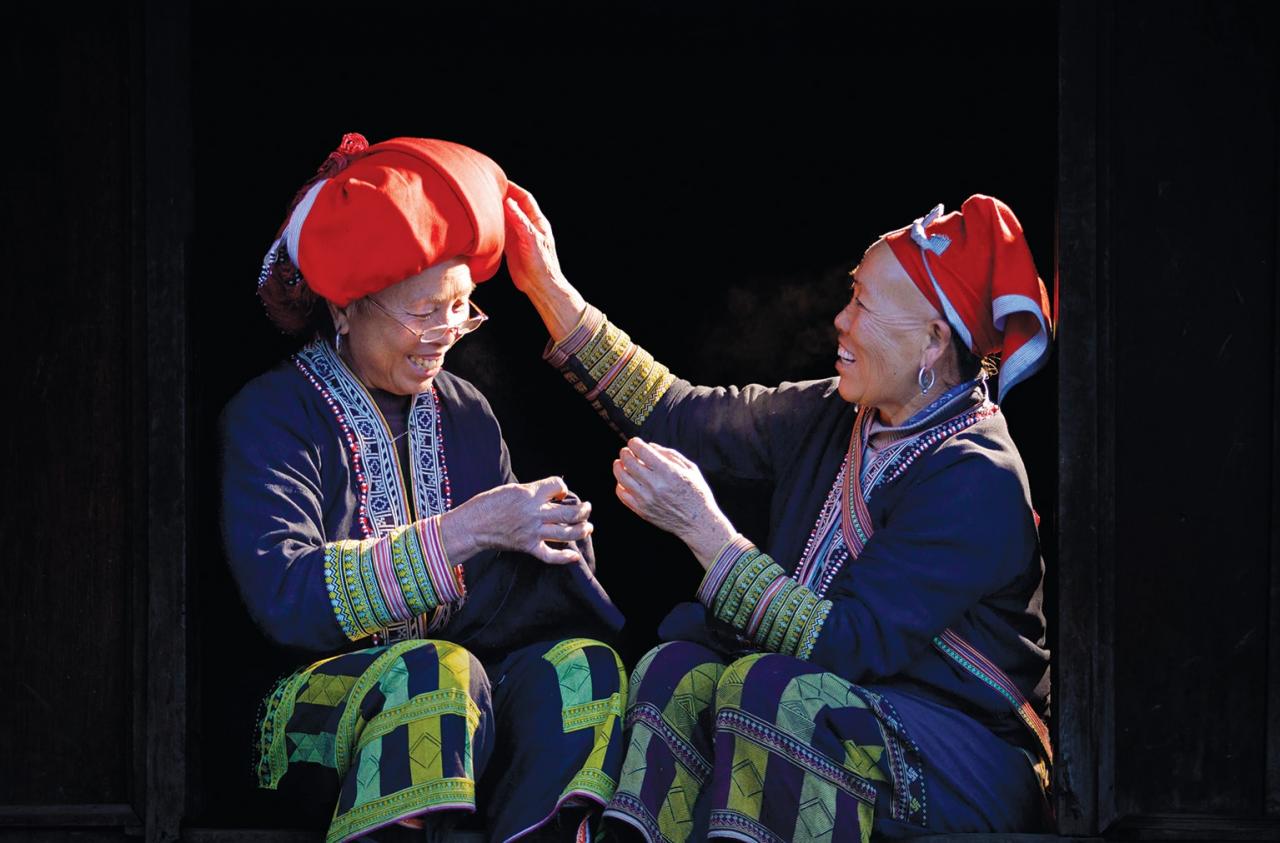
The process of hand-weaving linen goes through 41 steps, including: sowing seeds, harvesting flax plants, separating fibers, spinning, connecting fibers, spinning, weaving, washing, drying... requiring time and a lot of effort.
The primitive weaving machines under the afternoon sunlight looked as beautiful as a movie scene. Perhaps, no matter how hard art tries, it is only to truly reflect the beauty of simple, everyday things. Fortunately, I was able to witness the workers working hard at their looms without having to buy a movie ticket.
Cong Don village, Zuoi commune, Nam Giang district is considered the cradle of the traditional brocade weaving craft of the Co Tu people in Quang Nam province. My Nghiep village (Ninh Phuoc district) is a traditional brocade weaving craft village that has existed for more than 4 centuries of the Cham community in Ninh Thuan.
Ha Ri village (Vinh Hiep commune, Vinh Thanh district) is a place that still preserves many cultural characteristics of the Bana people, including traditional brocade weaving. Many small dots on the map of Vietnamese brocade are preserved through layers of time by the thin backs of Vietnamese women.
Extending the life of brocade
Brocade is used by many Vietnamese designers in their clothing designs, creating unique features. One prominent name is designer Minh Hanh. She brought to Paris, the fashion capital of the world, a collection called “Breath from the mountains and forests of Vietnam” including designs of Ao Dai and contemporary costumes based on brocade materials of the Mong and Co Tu ethnic groups.
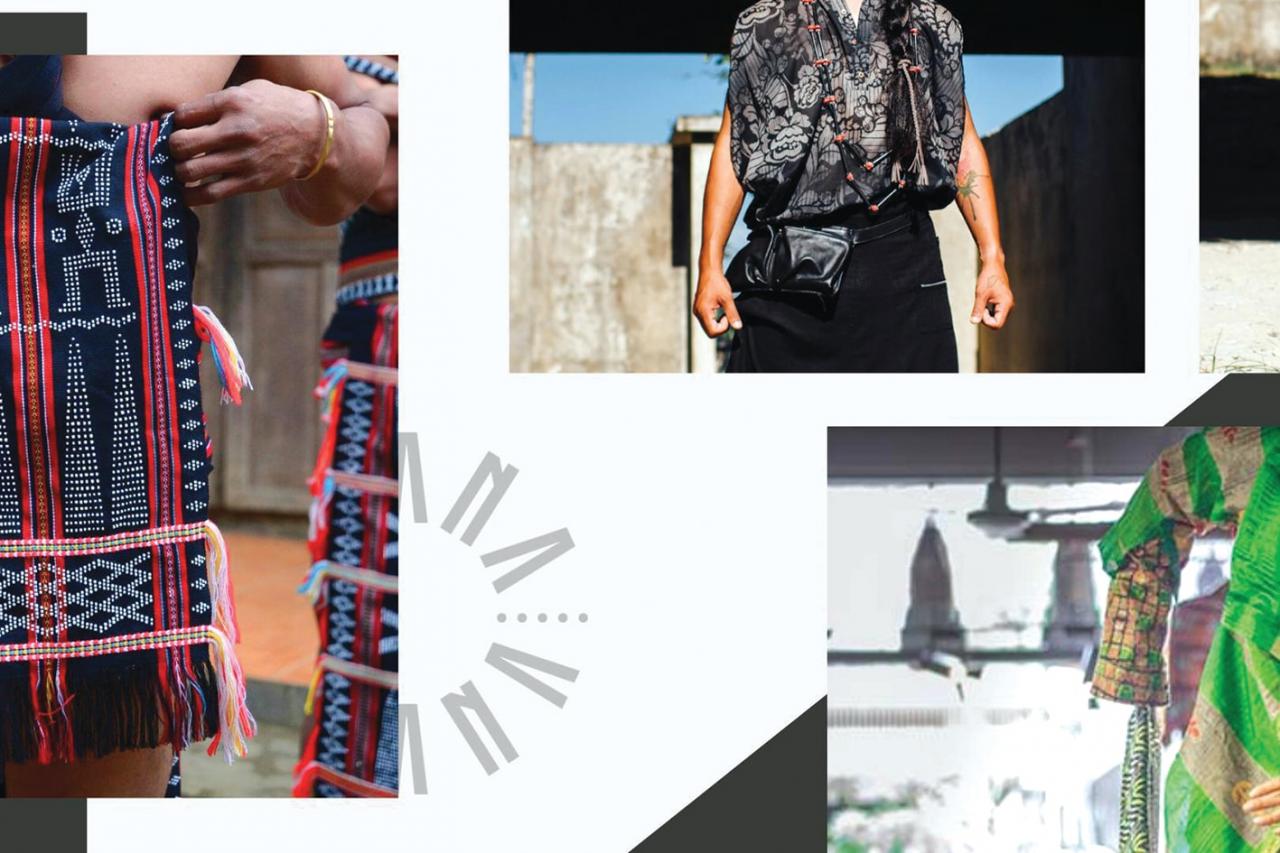
There is also the fashion collection “Red Silk” by designer Thuy Nguyen that has received much attention with costumes inspired by folk tales of the Thai people. The main materials used for this collection are brocade, brocade, lace, satin… which are skillfully combined.
Recently, the Soul of Ethnic collection by designer Tran Thien Khanh, inspired by the brocade patterns of the H'mong people, was introduced at Fashion Art Toronto - part of Toronto Fashion Week in Canada.
Each designer, with their own artistic perspective, has created unique fashion works. There are also many designers in the world who favor brocade in their creations.
The story of Aldegonde Van Alsenoy - a Belgian designer living and working in Central Vietnam with the brand AVANA is a typical story of pursuing the "slow fashion" model. In contrast to the "fast fashion" industry, AVANA has creative clothing designs handcrafted from brocade. Each design is unique.
There is an American who founded the Ethnotek brand - specializing in selling travel bags with simple designs, focusing on functionality but with a unique highlight which is brocade fabric. Jake Orake - an American man who once wandered around Vietnam, fell in love with the brocade of ethnic minorities, so he came up with the idea of selling brocade products.
Through Ethnotek, we learned about the non-profit organization Tip Me (tip-me.org), founded by German Helen Deacon. This organization aims to connect craftsmen in many countries around the world with consumers to spread gratitude.
Tip Me helps families of artisans raise funds to fix motorbikes, pay school fees for their children or buy food for their families. Companies like Ethnotek can send money from product sales to support Tip Me's operating costs and consumers can donate money directly to artisans they care about and want to help.
If the traditional brocade weaving industry were a girl, she would still be living a brilliant life, despite the ups and downs. I believe that there will be more and more people who “love her wholeheartedly”...
Source: https://baoquangnam.vn/doi-song-ruc-ro-cua-tho-cam-3143764.html


![[Photo] 2nd Conference of the Party Executive Committee of Central Party Agencies](https://vstatic.vietnam.vn/vietnam/resource/IMAGE/2025/3/31/8f85b88962b34701ac511682b09b1e0d)

![[Photo] General Secretary To Lam receives US Ambassador to Vietnam Marc E. Knapper](https://vstatic.vietnam.vn/vietnam/resource/IMAGE/2025/3/31/5ee45ded5fd548a685618a0b67c42970)
![[Photo] Speeding up construction of Ring Road 3 and Bien Hoa-Vung Tau Expressway](https://vstatic.vietnam.vn/vietnam/resource/IMAGE/2025/3/31/f1431fbe7d604caba041f84a718ccef7)

![[Photo] Prime Minister Pham Minh Chinh receives delegation of leaders of US universities](https://vstatic.vietnam.vn/vietnam/resource/IMAGE/2025/3/31/8be7f6be90624512b385fd1690124eaa)


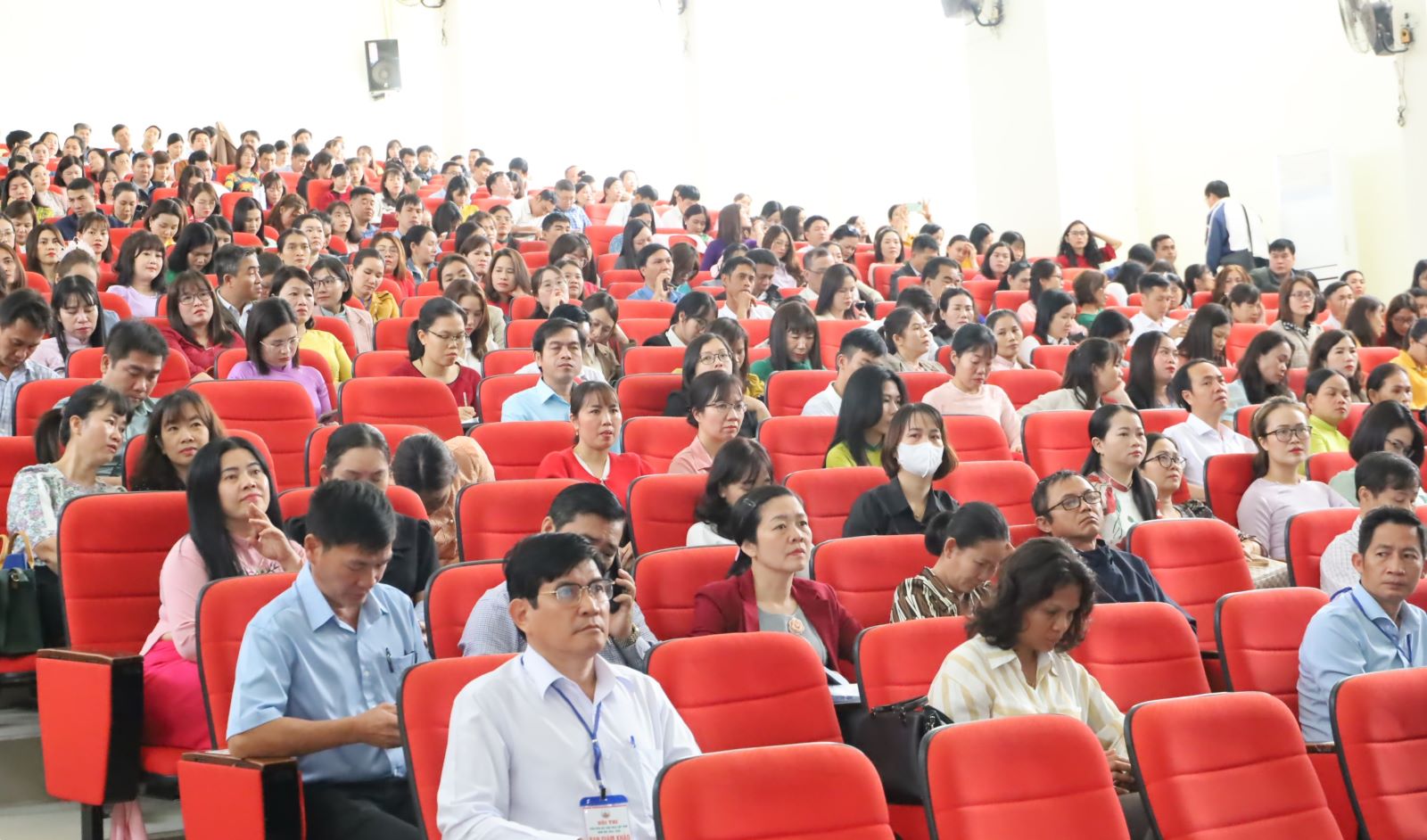





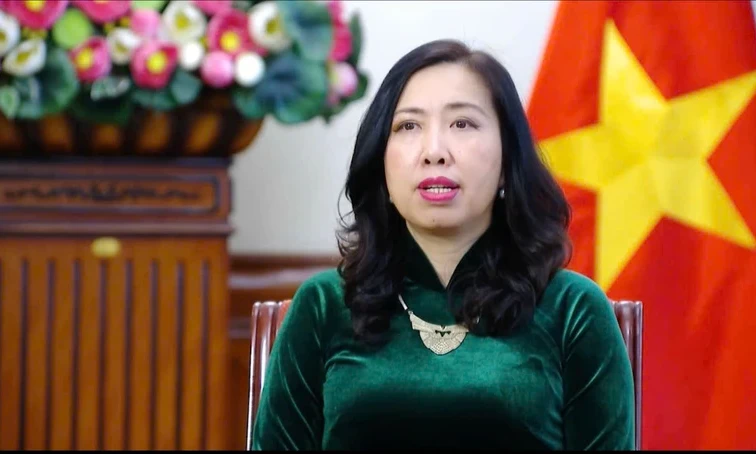







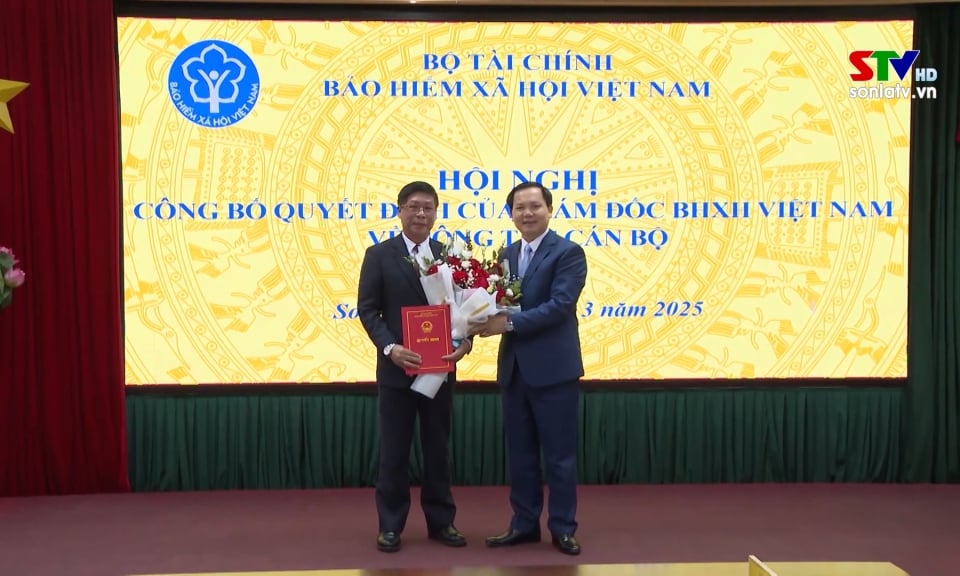
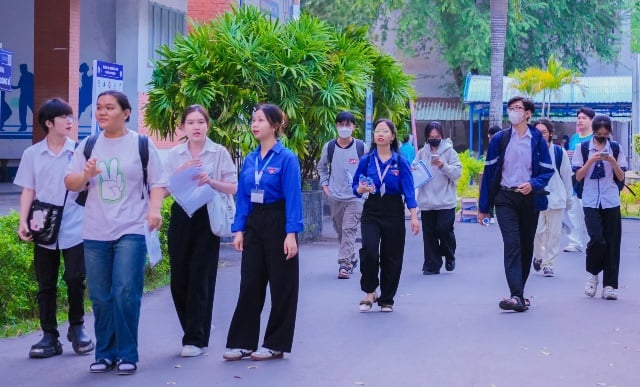

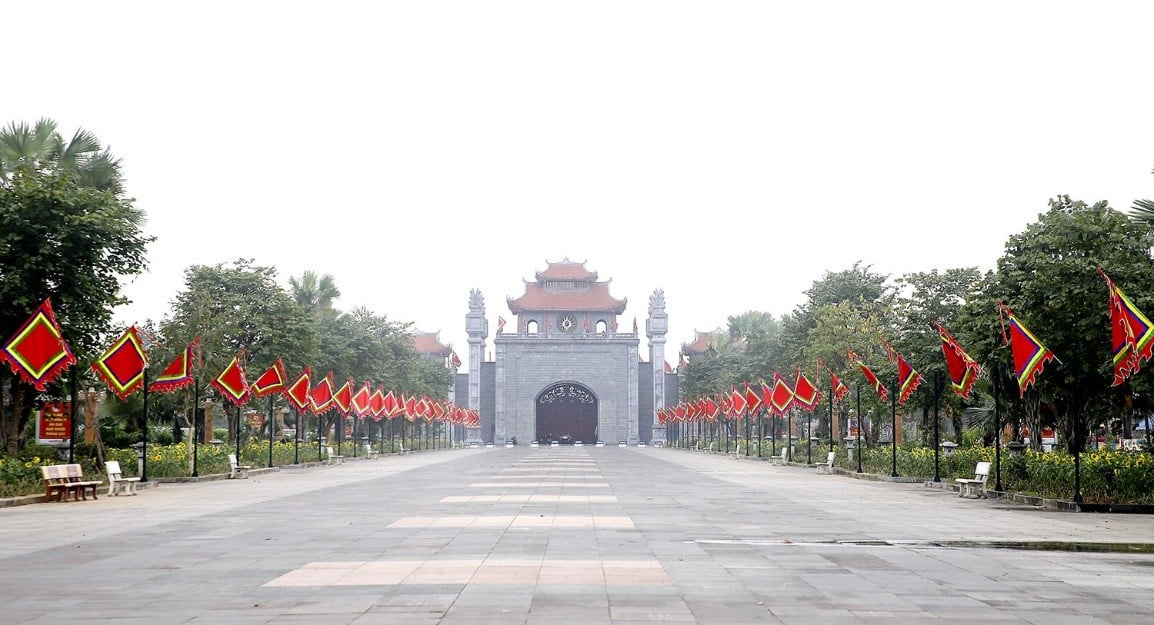
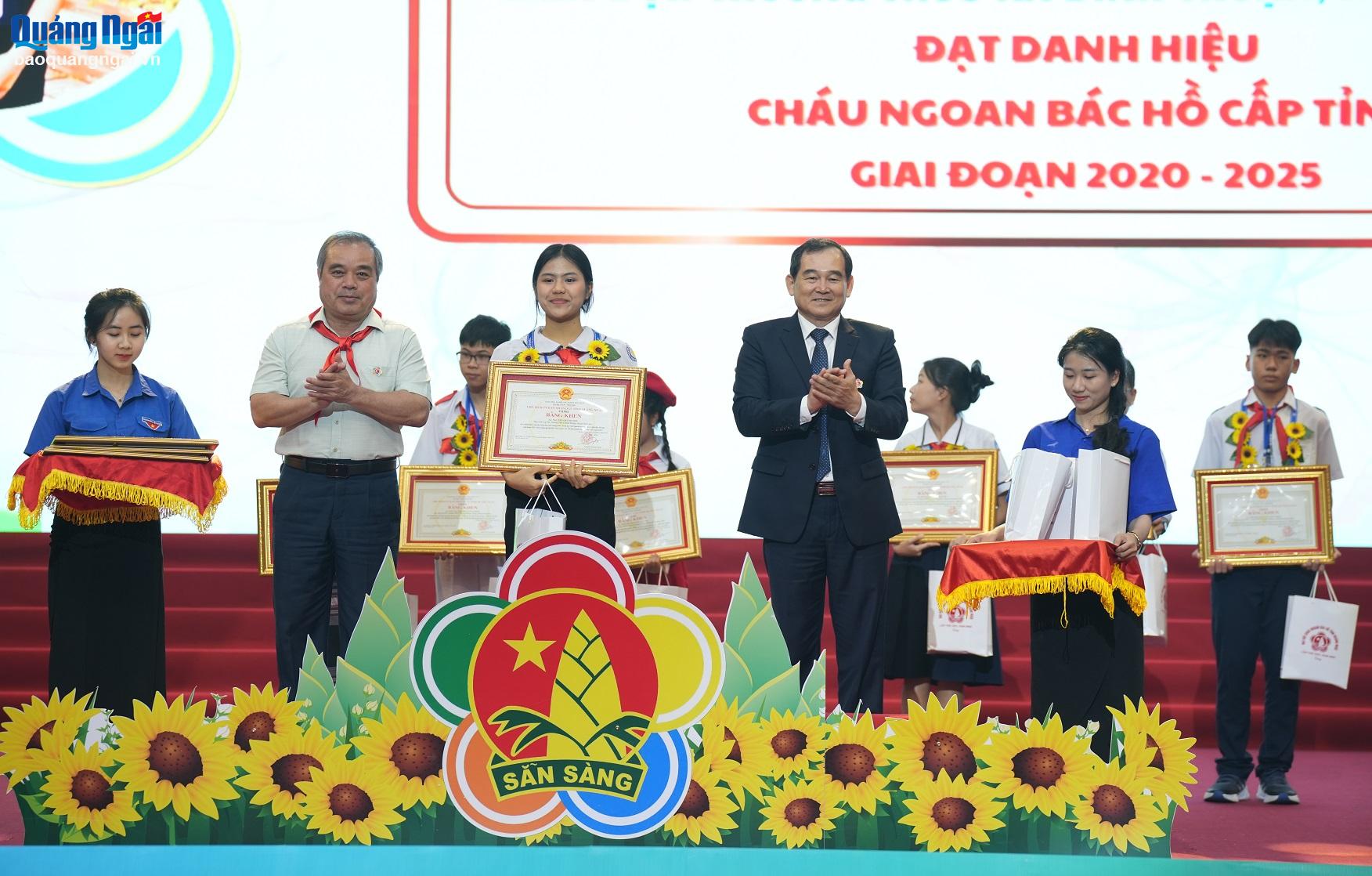

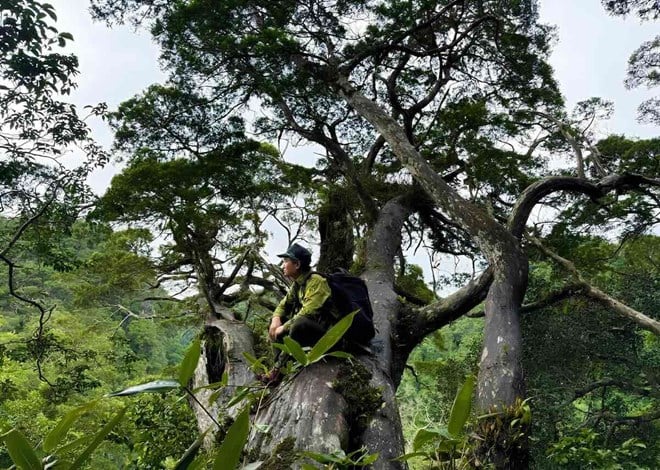

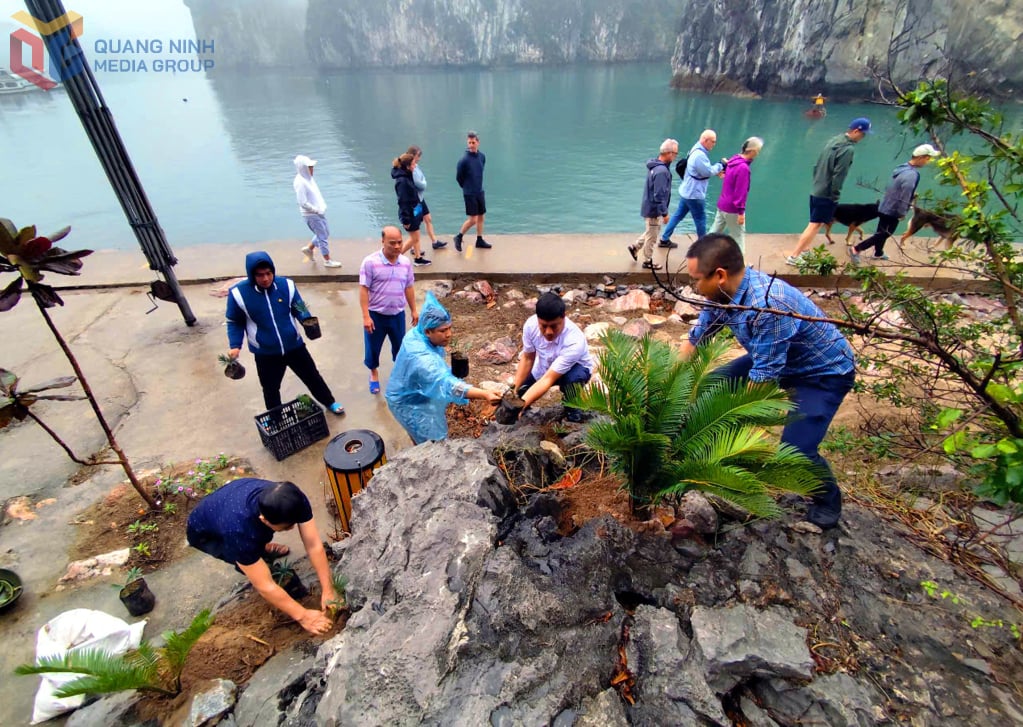

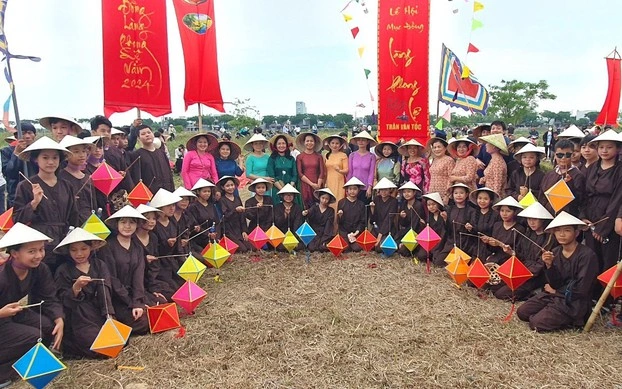







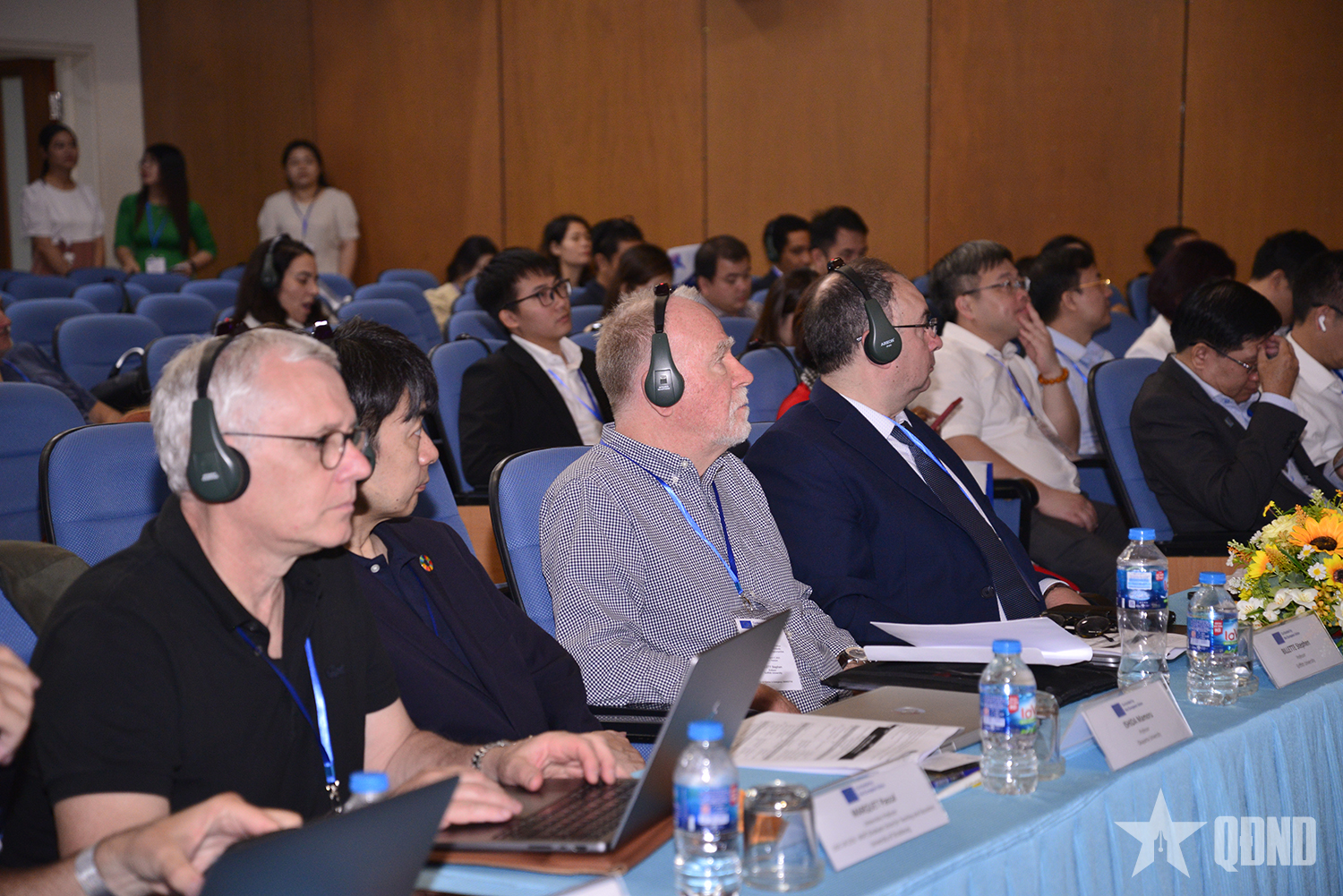




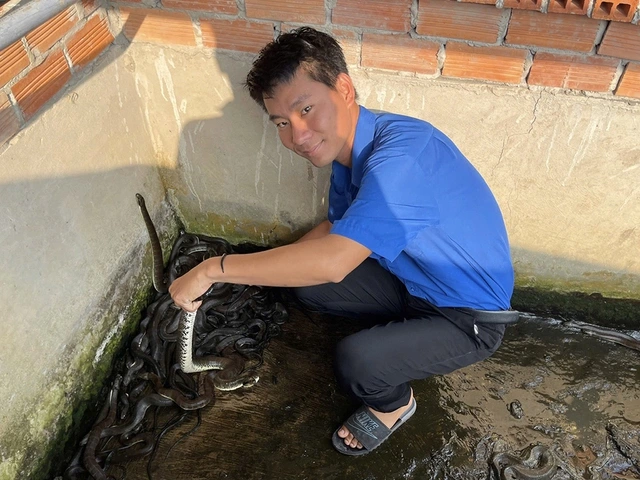


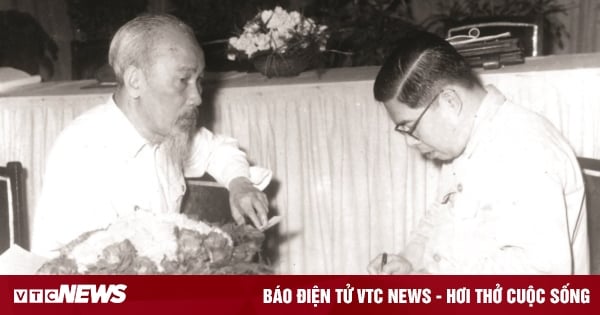













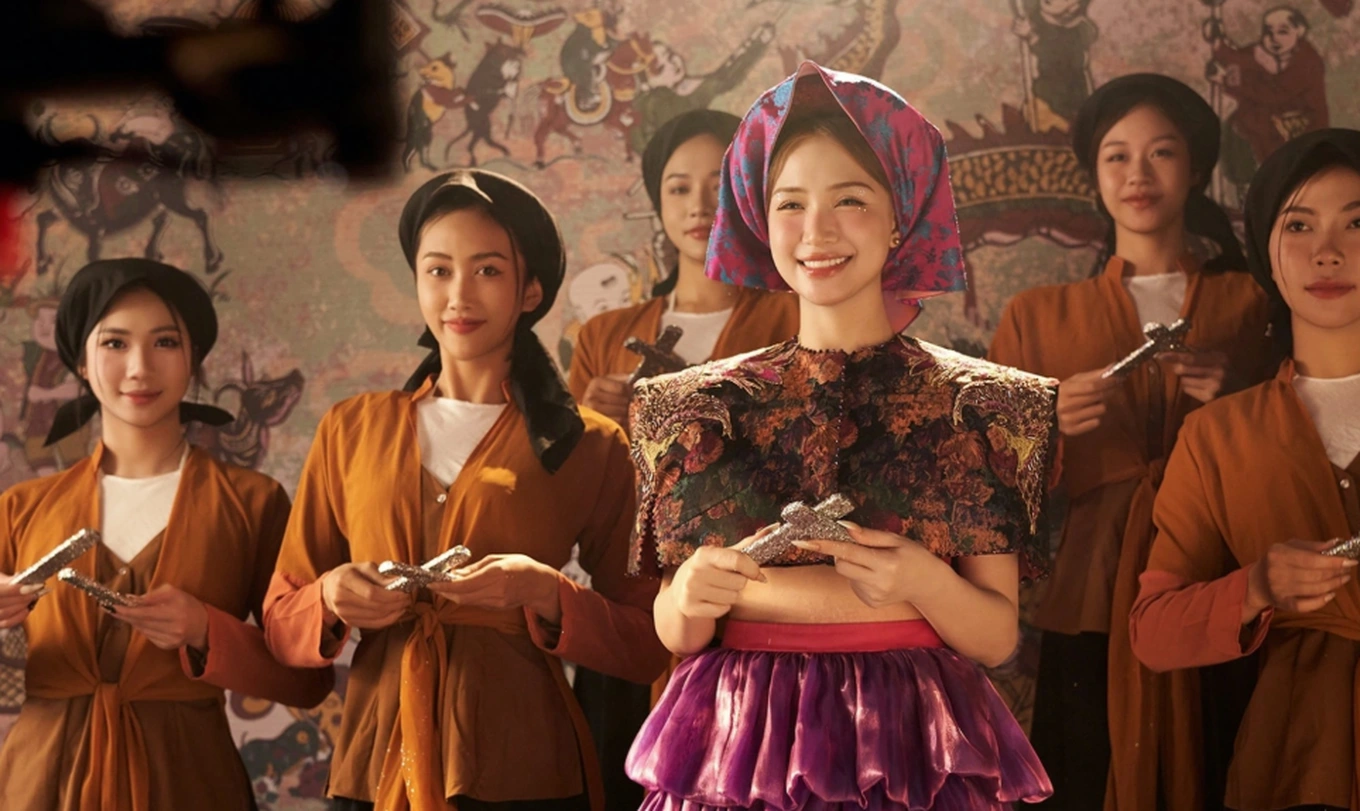

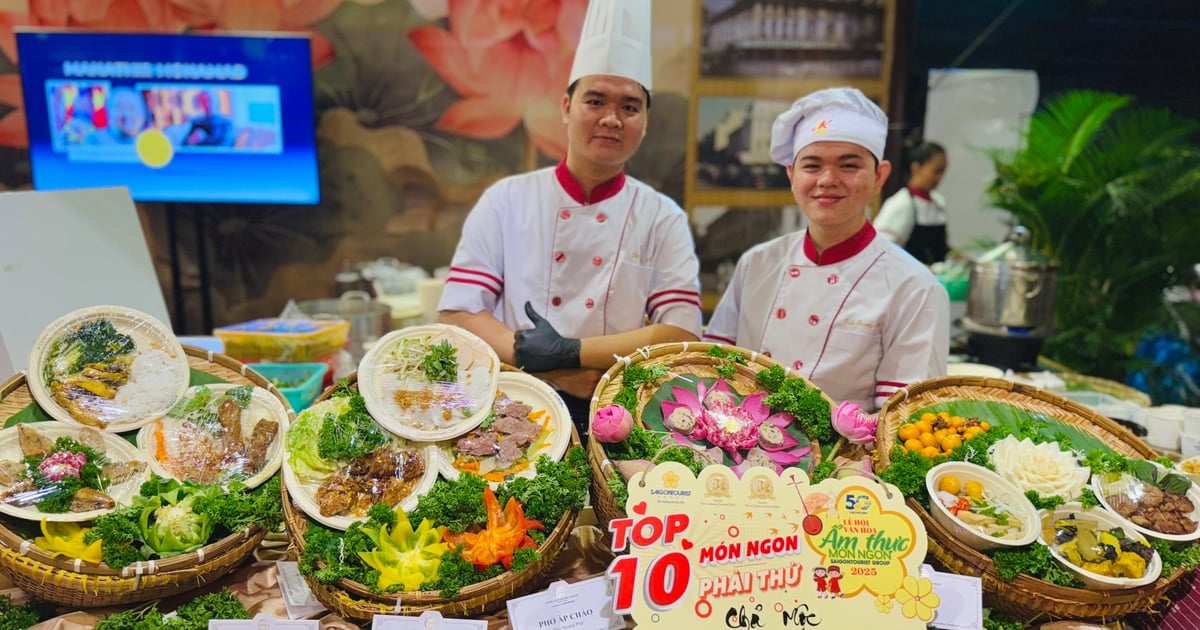







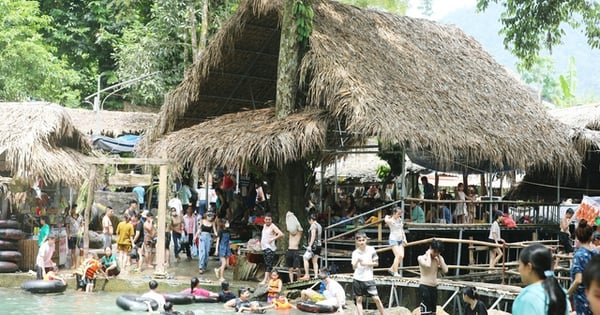


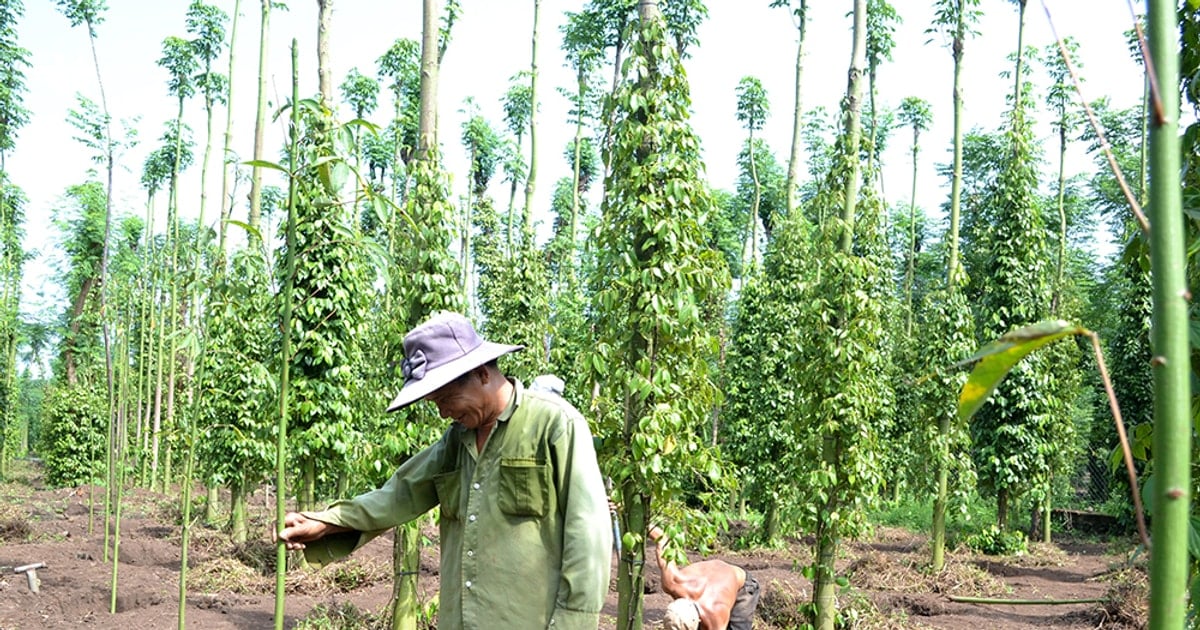





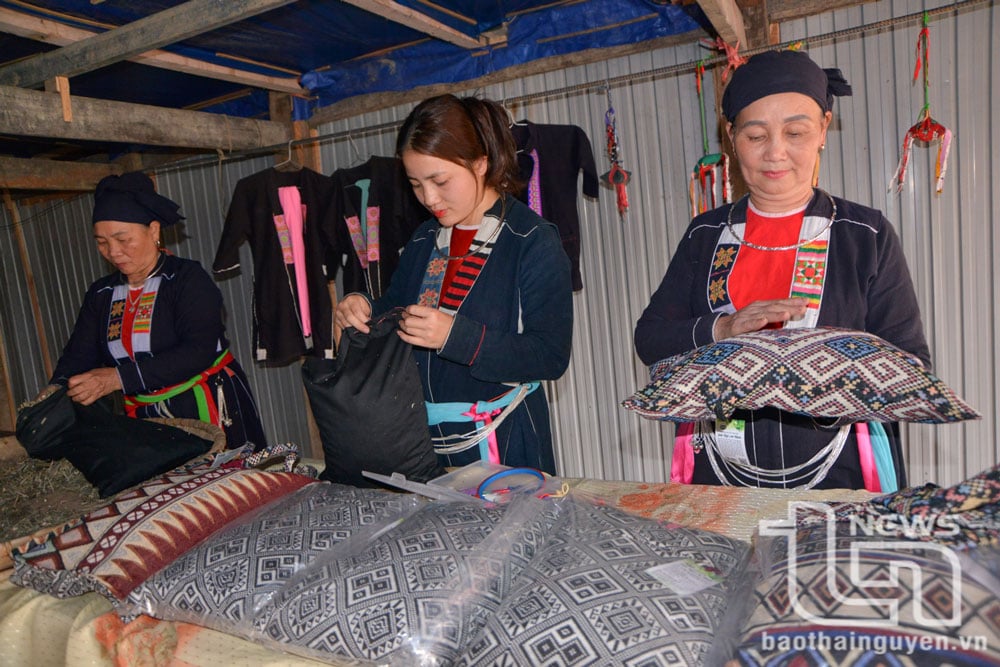


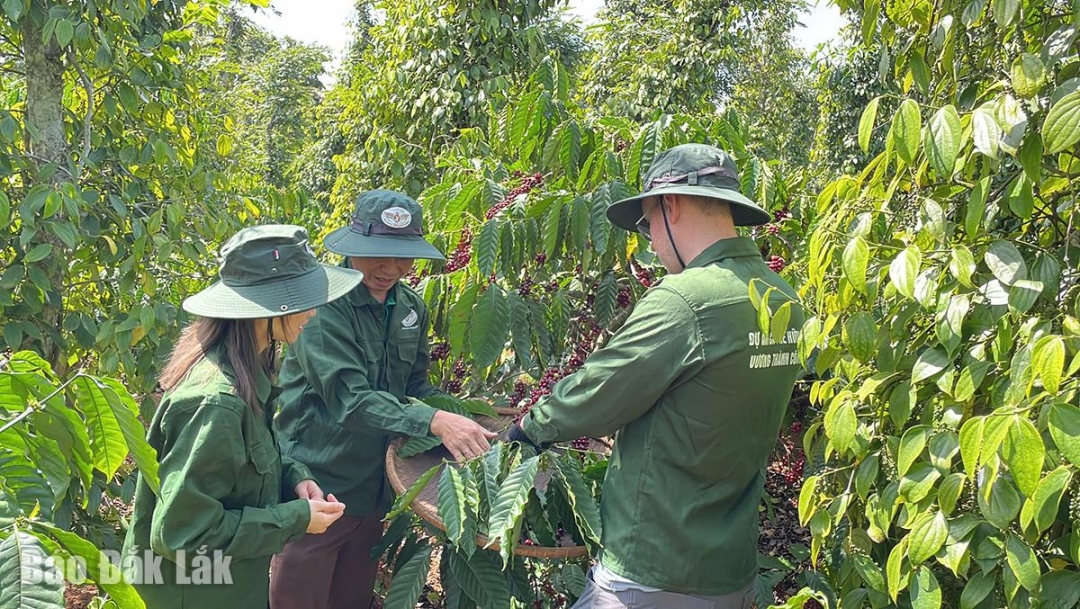

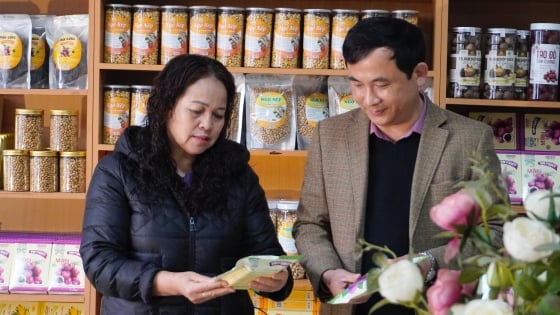

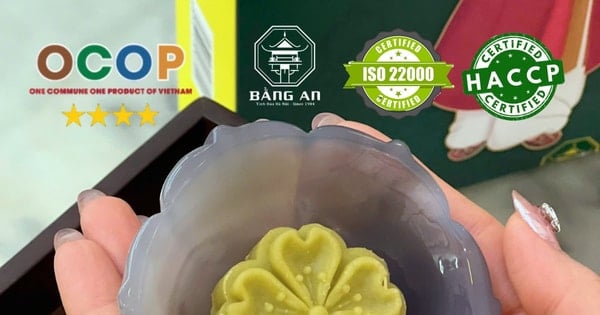

![[REVIEW OCOP] An Lanh Huong Vet Yen Cat](https://vstatic.vietnam.vn/vietnam/resource/IMAGE/2025/3/27/c25032328e9a47be9991d5be7c0cad8c)

Comment (0)